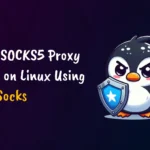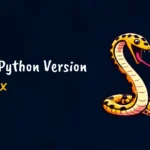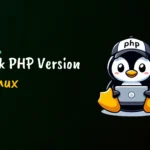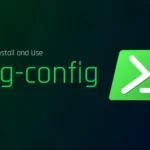Create Desktop Shortcut for AppImage in Linux (3 Methods)
Today I’ll show you how easily and quickly you can create a desktop shortcut for an AppImage, file, script, or app on Linux. All methods mentioned here will work for all Linux distributions, whether it’s Debian, Ubuntu, Red Hat, Fedora, Arch, Manjaro, or others. I





